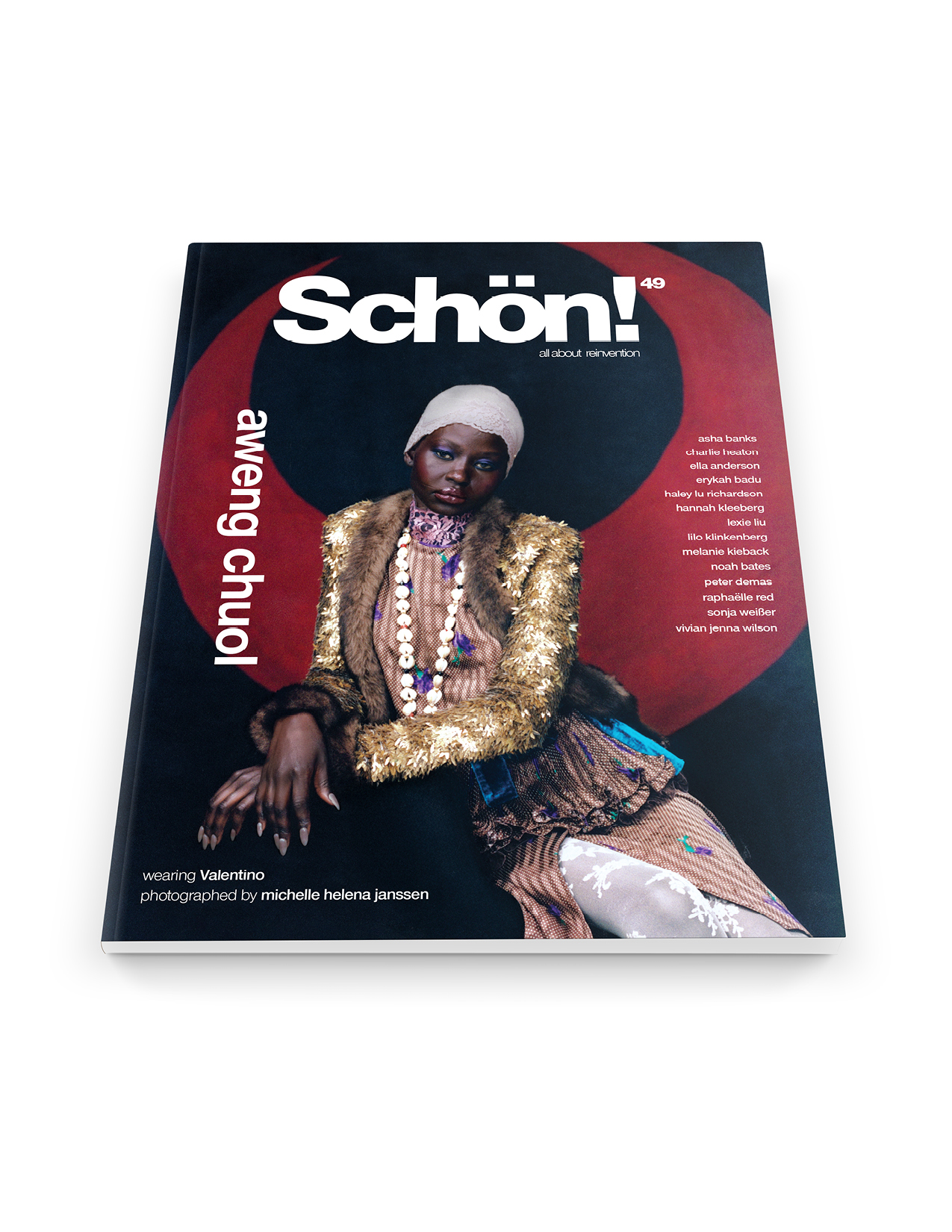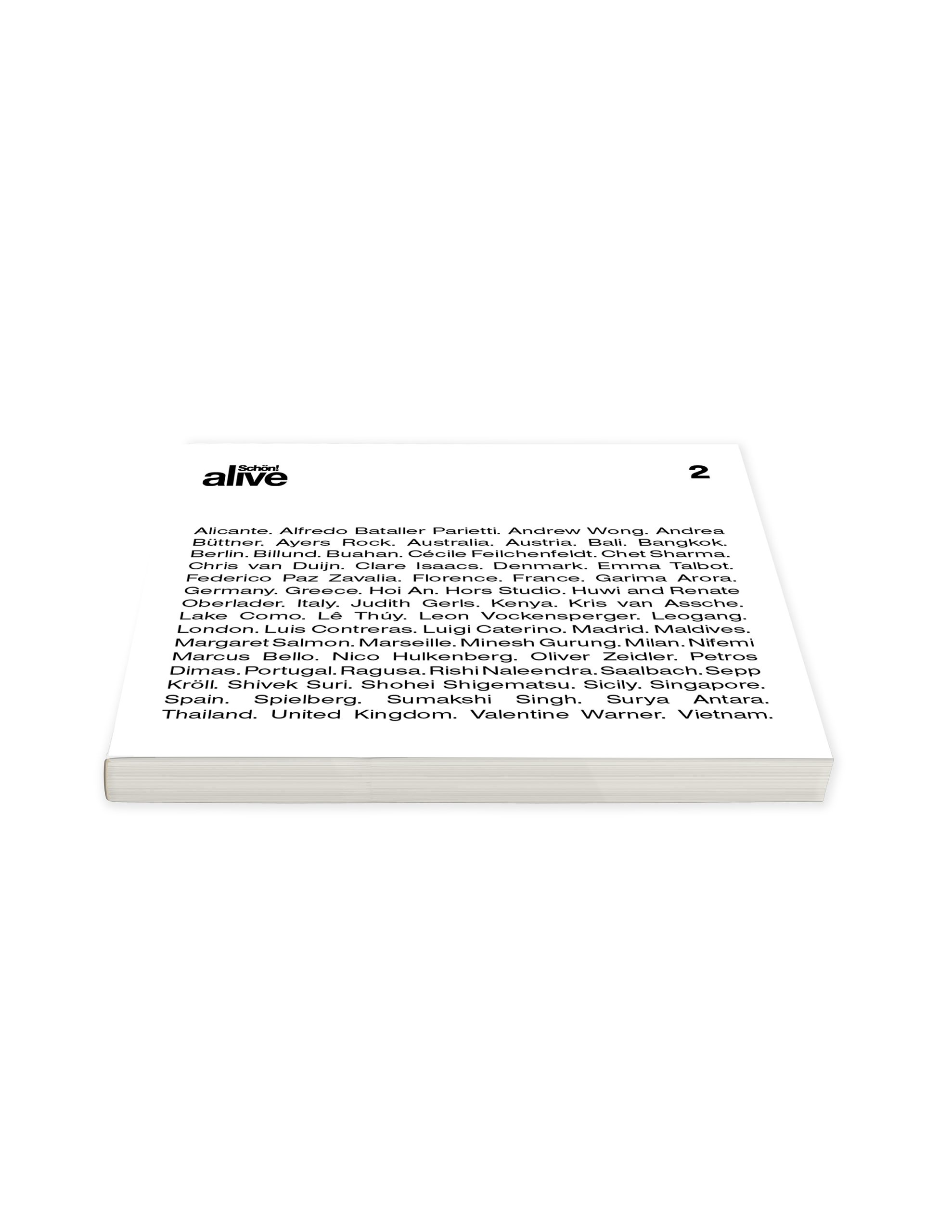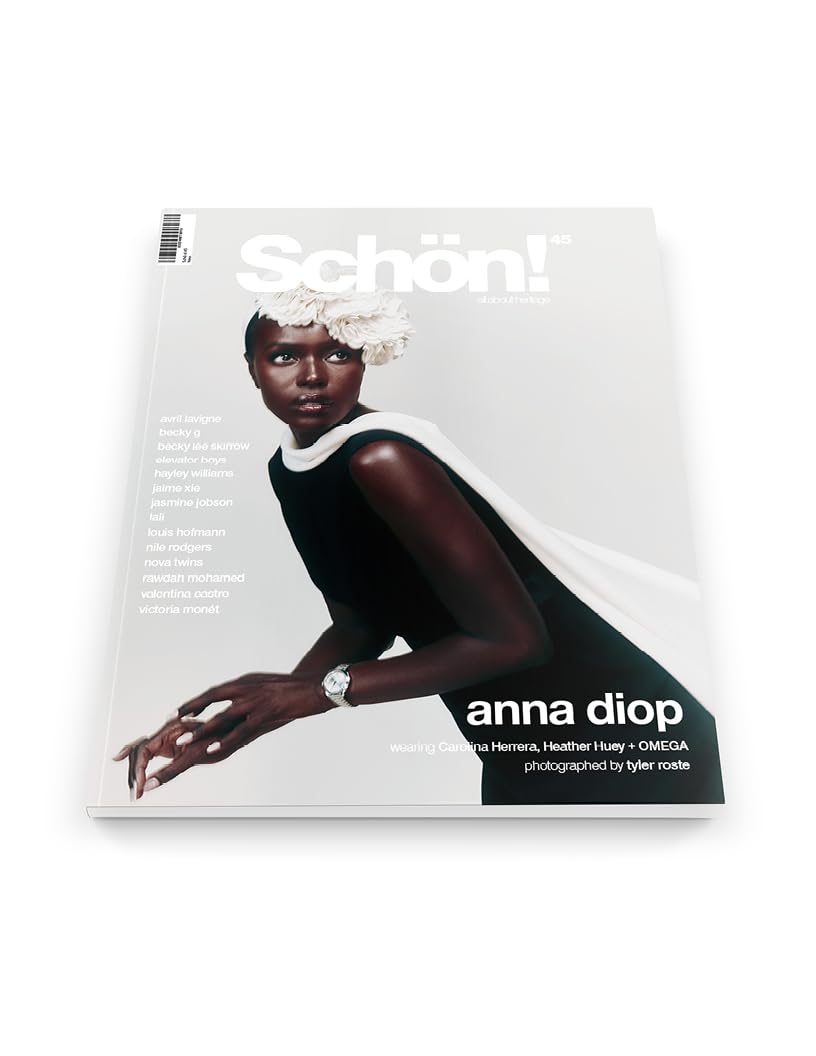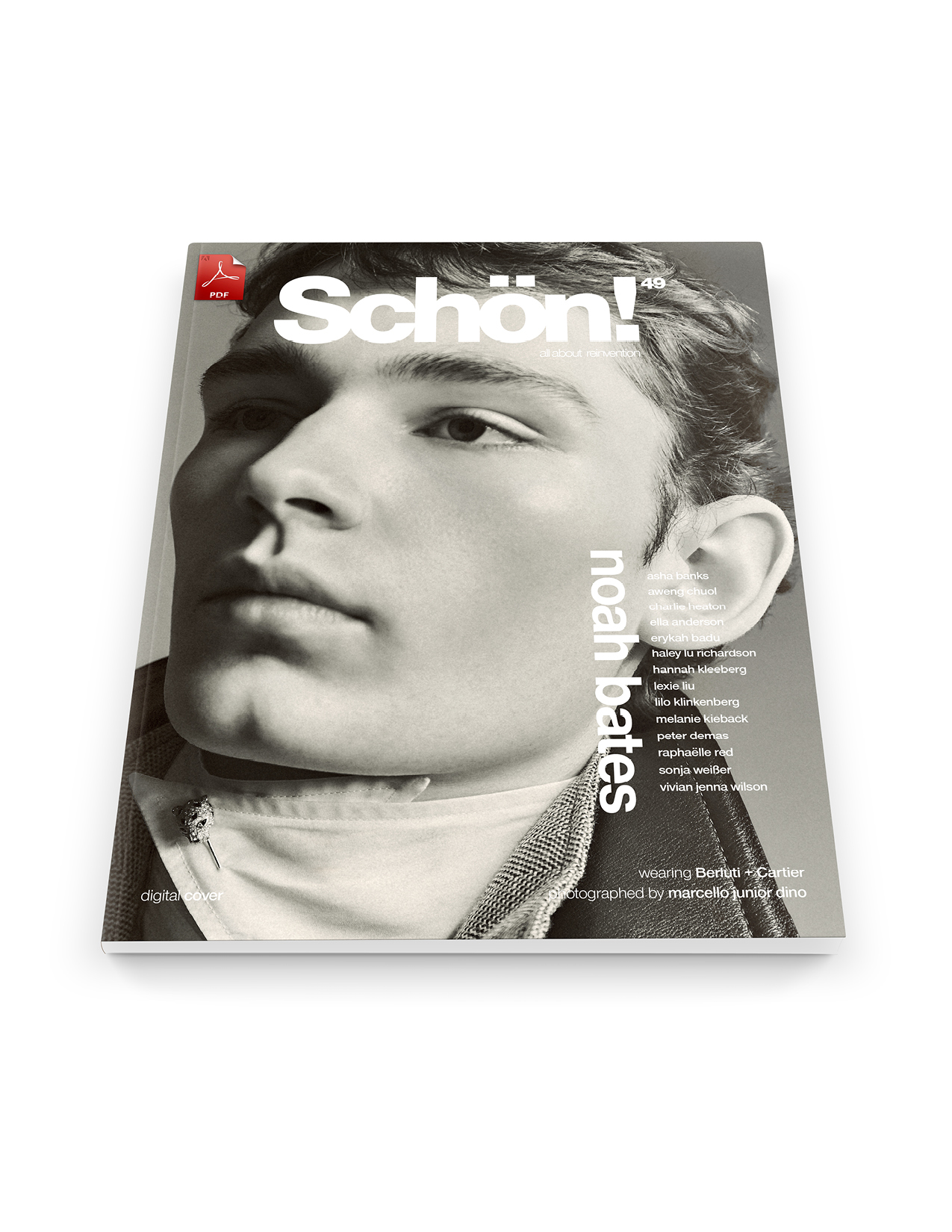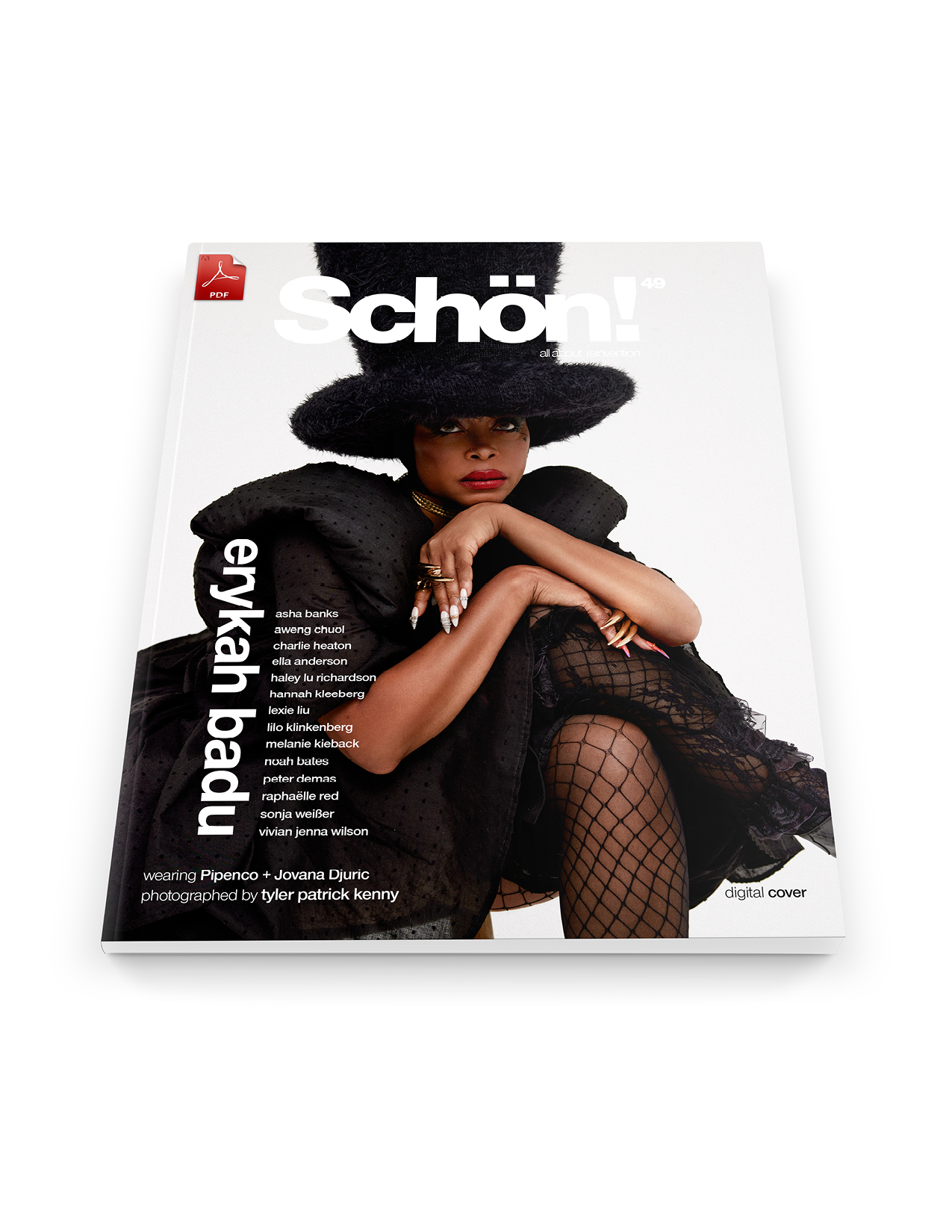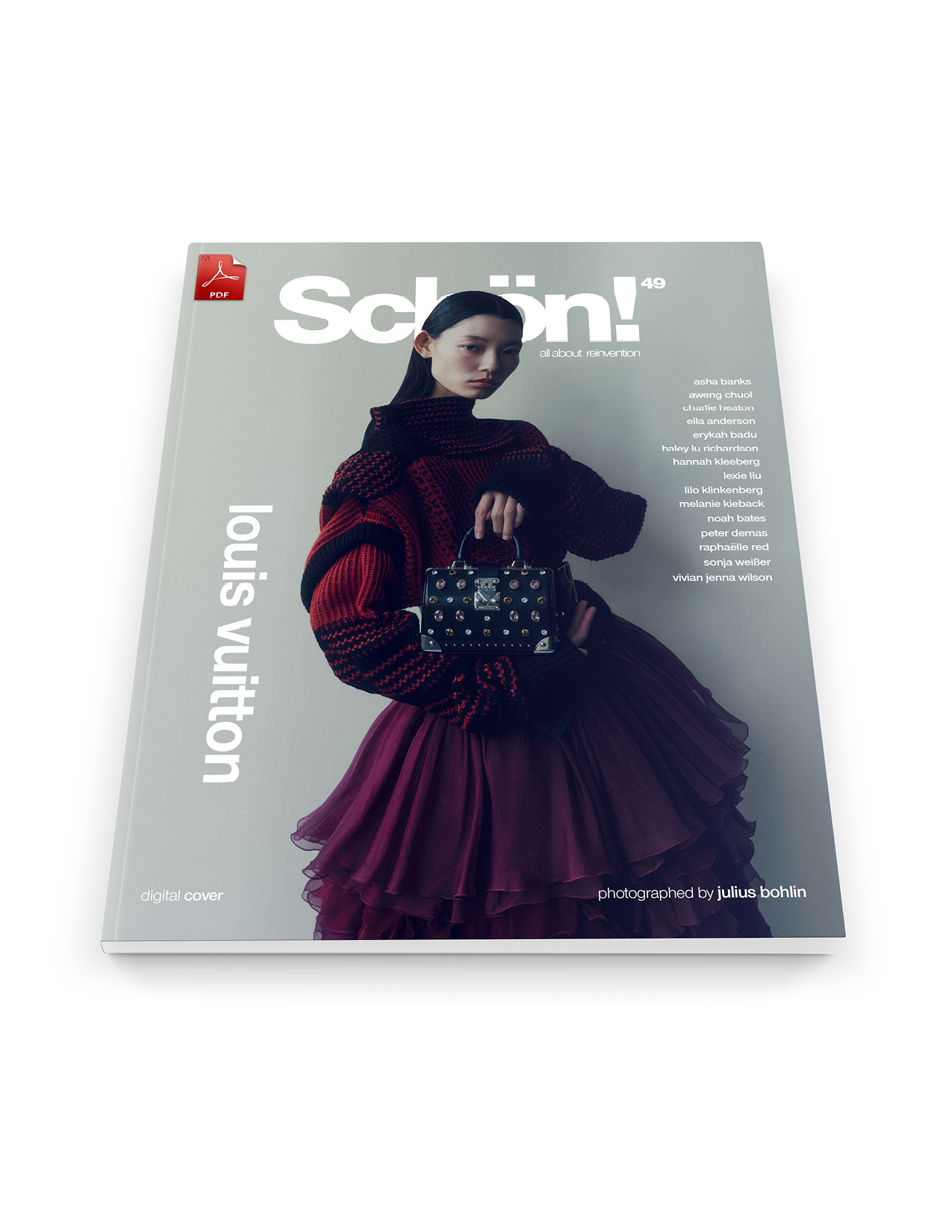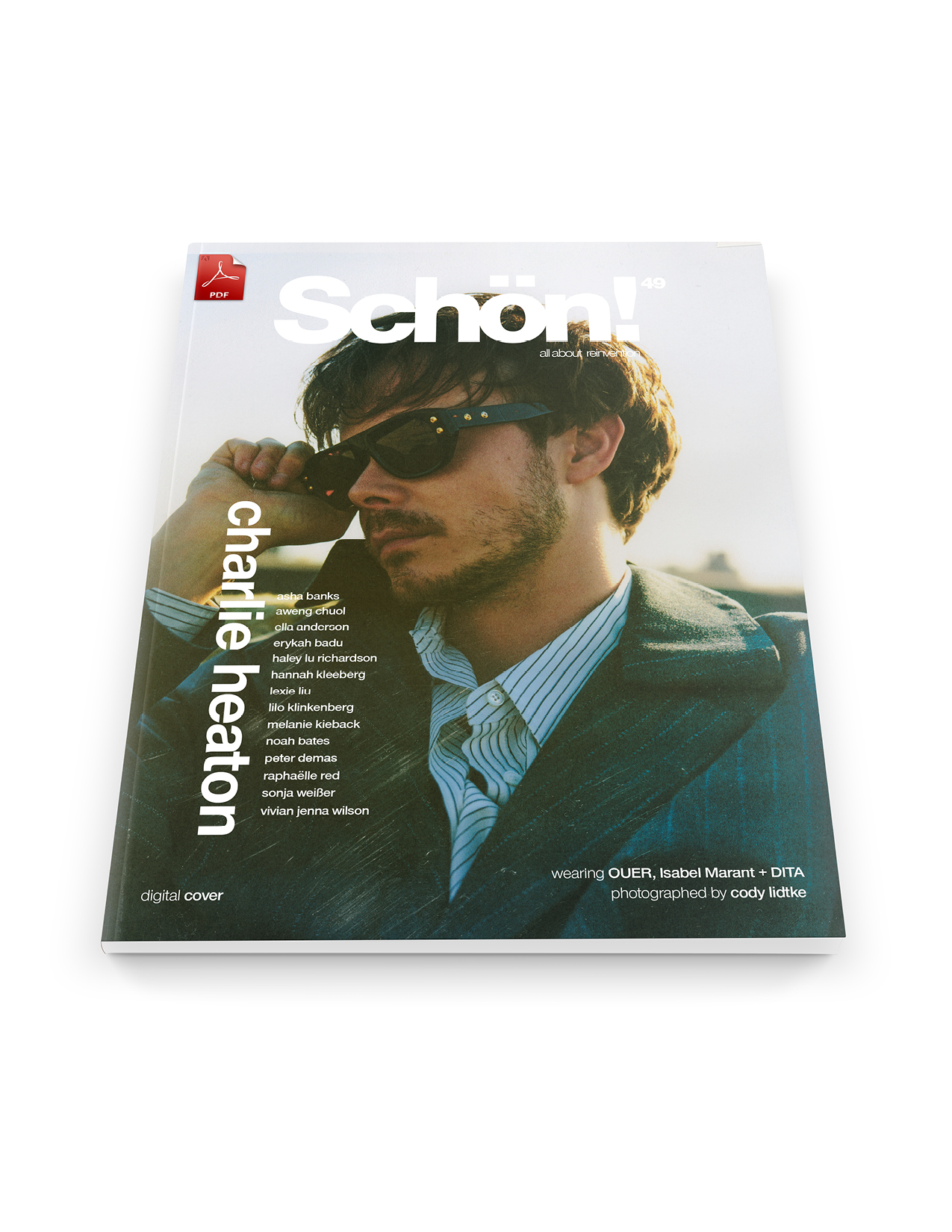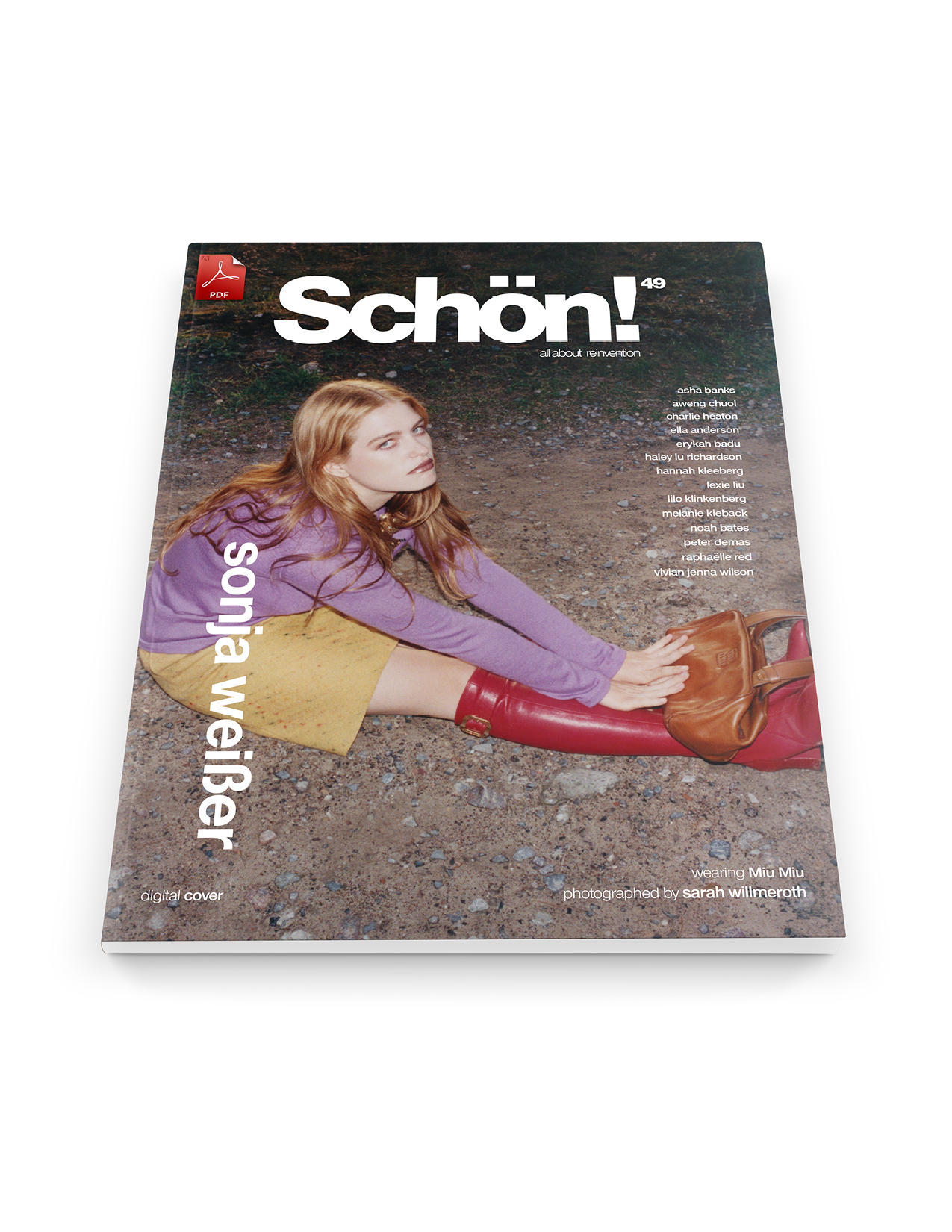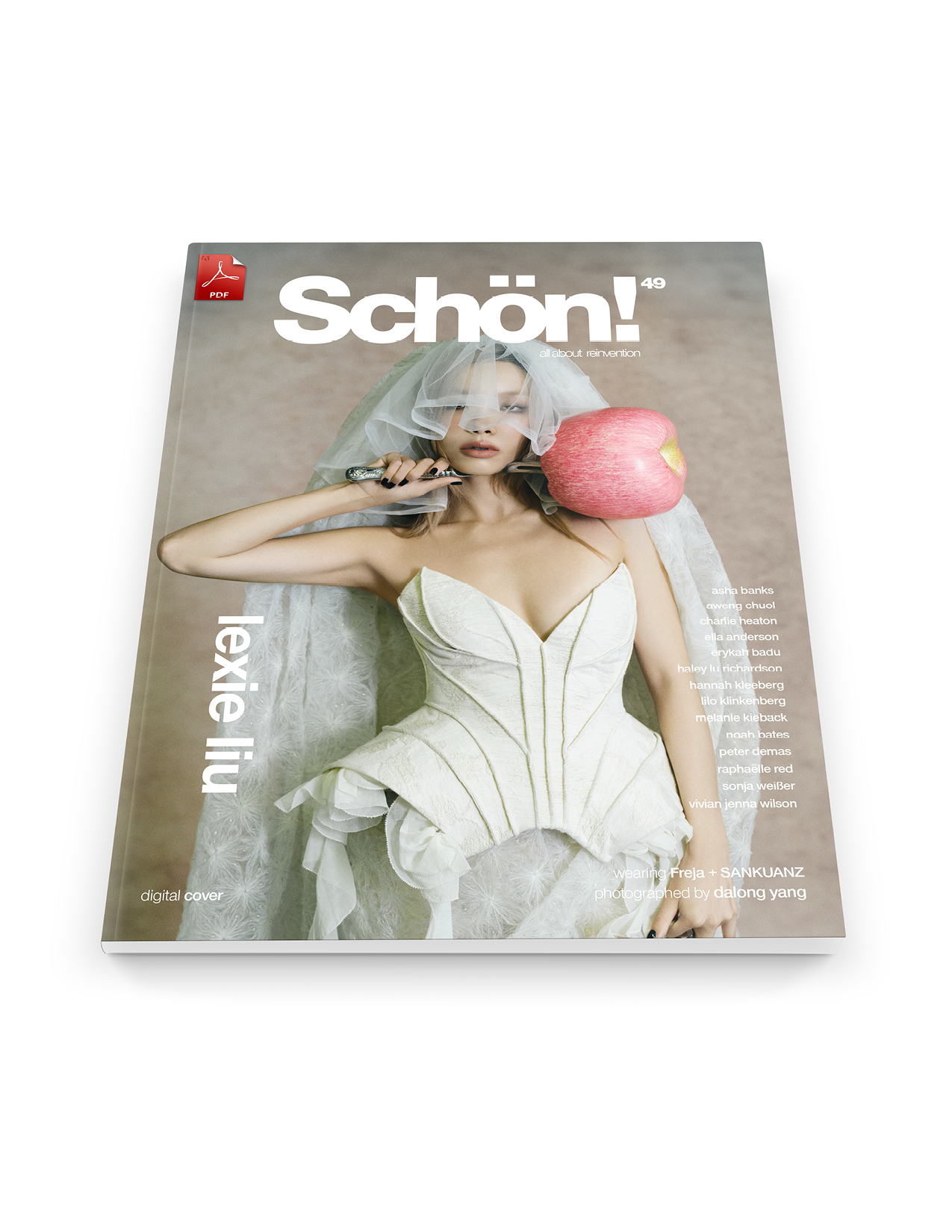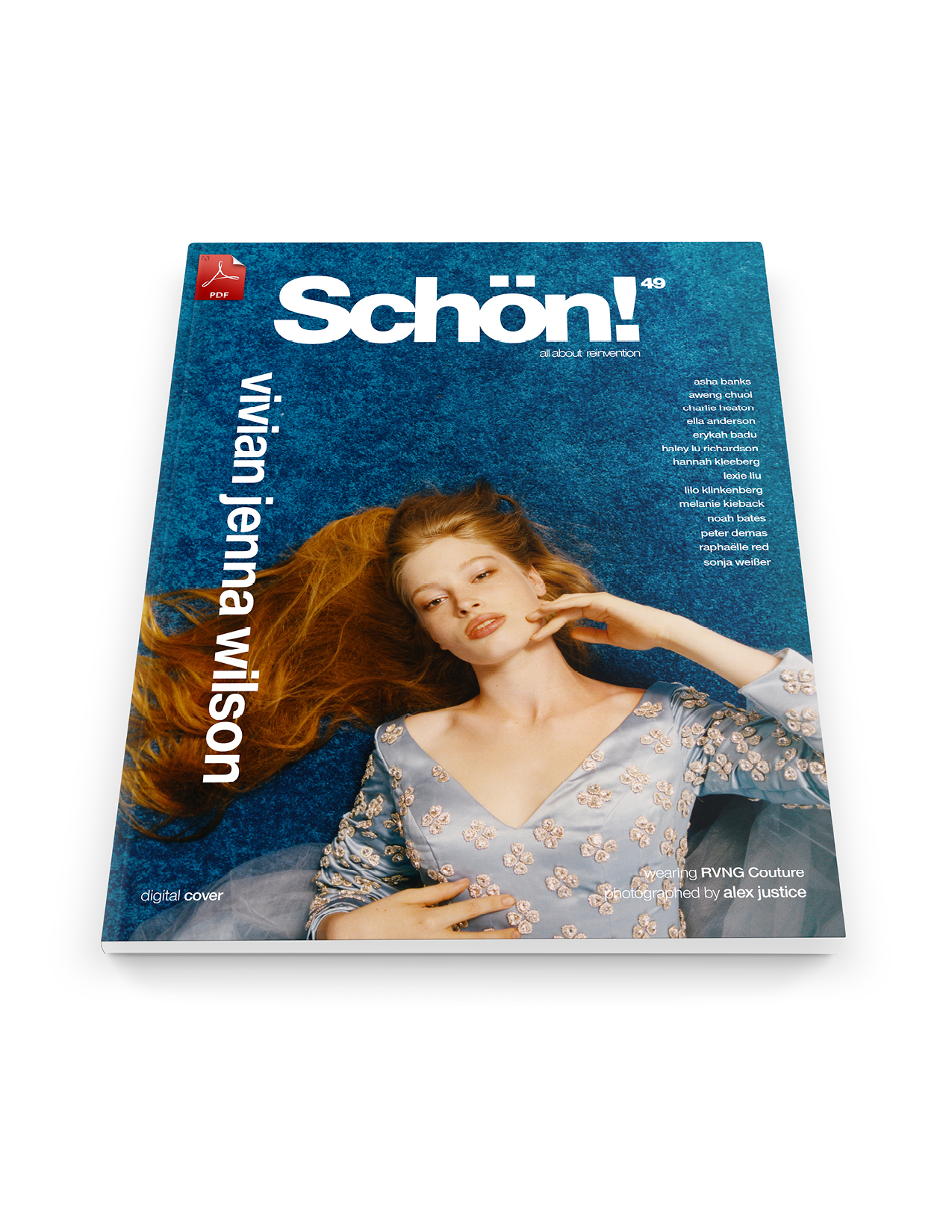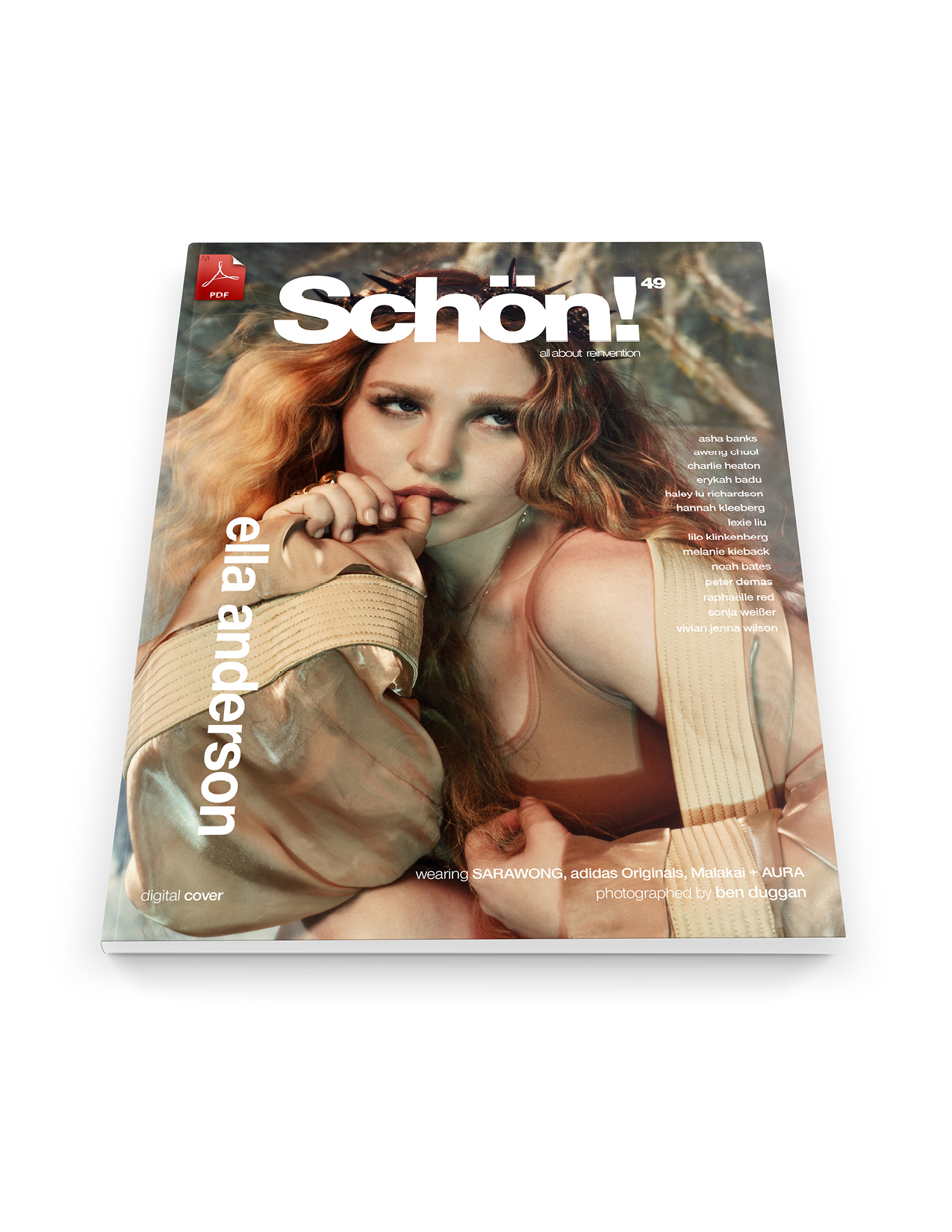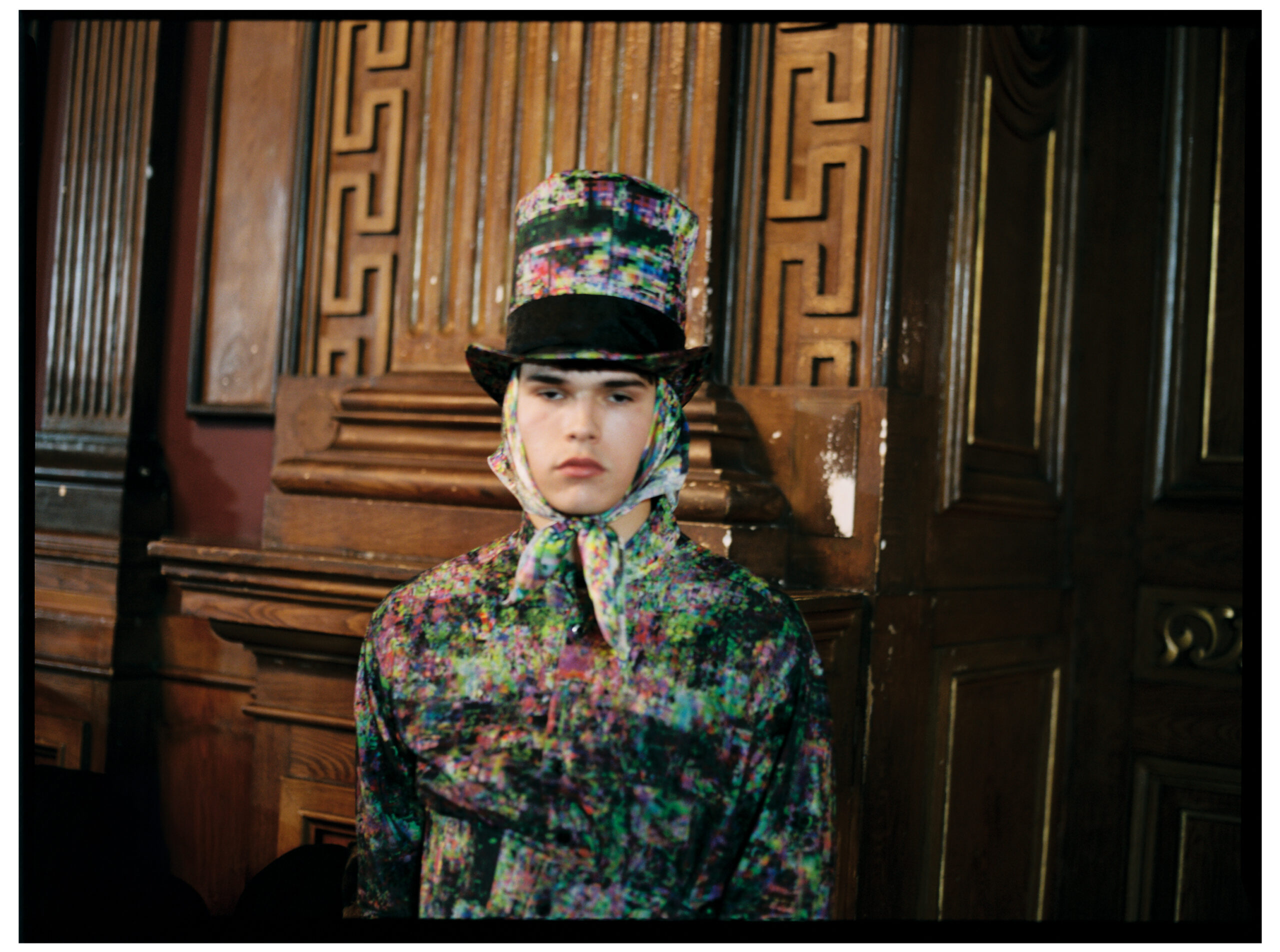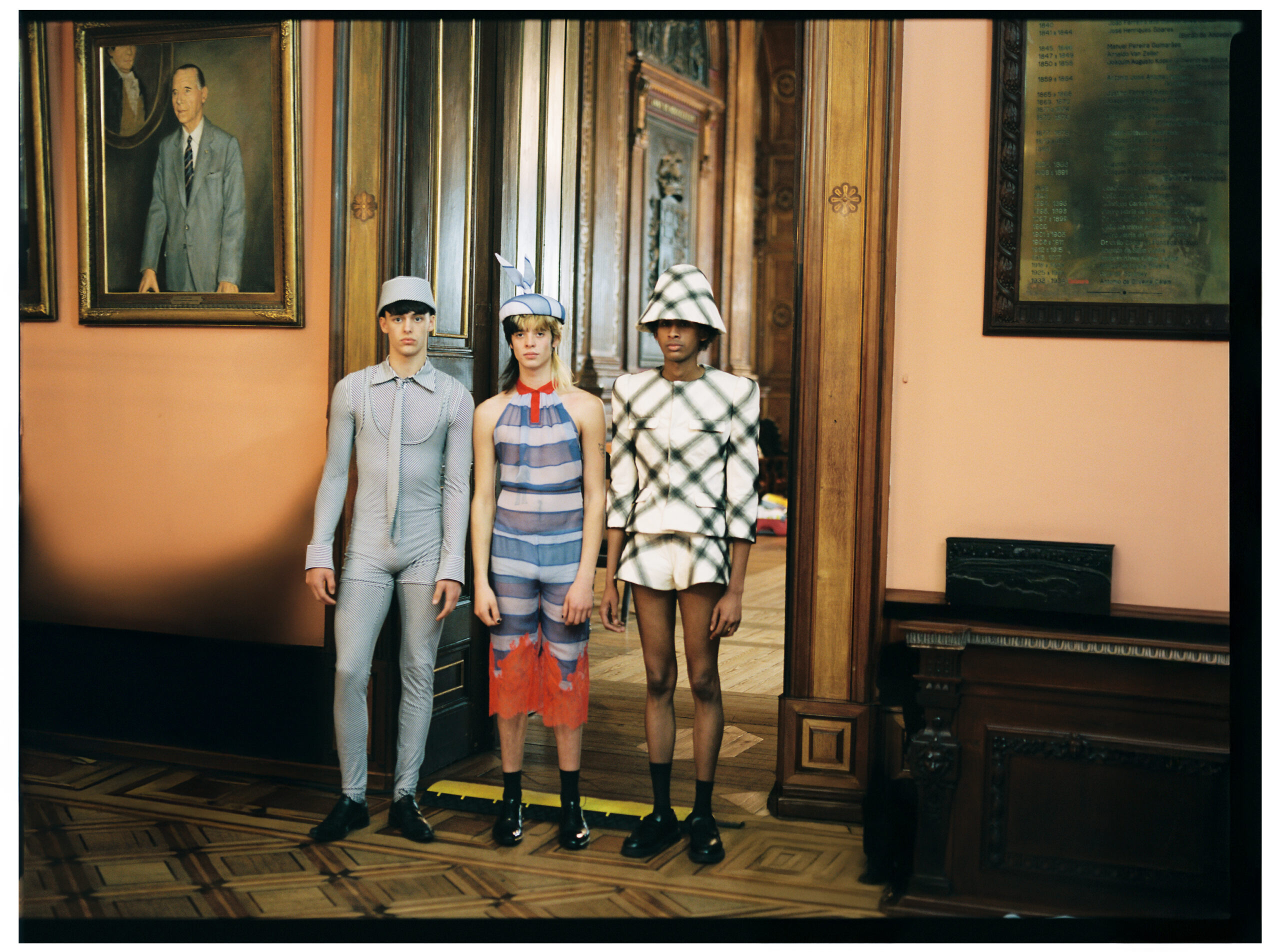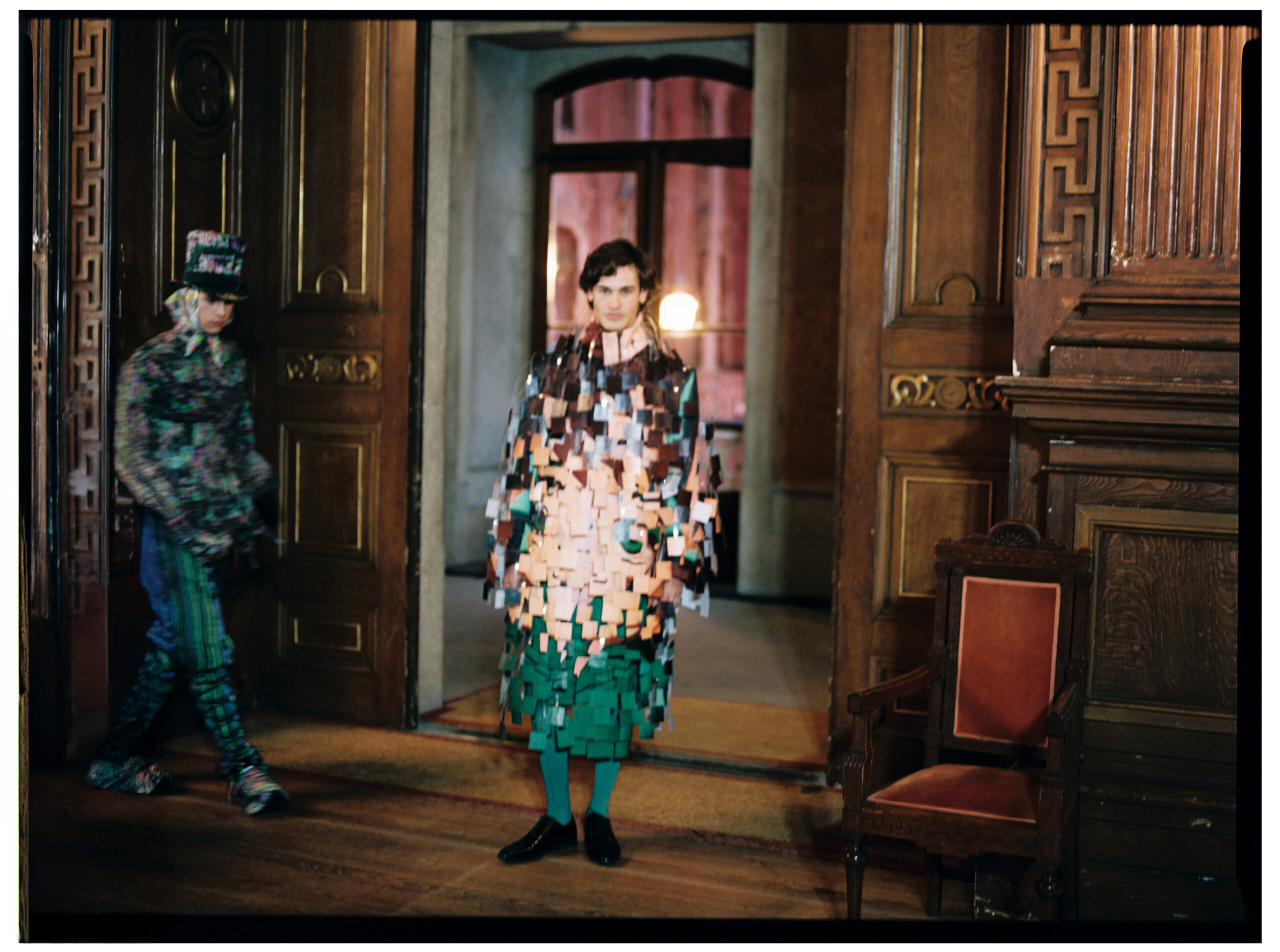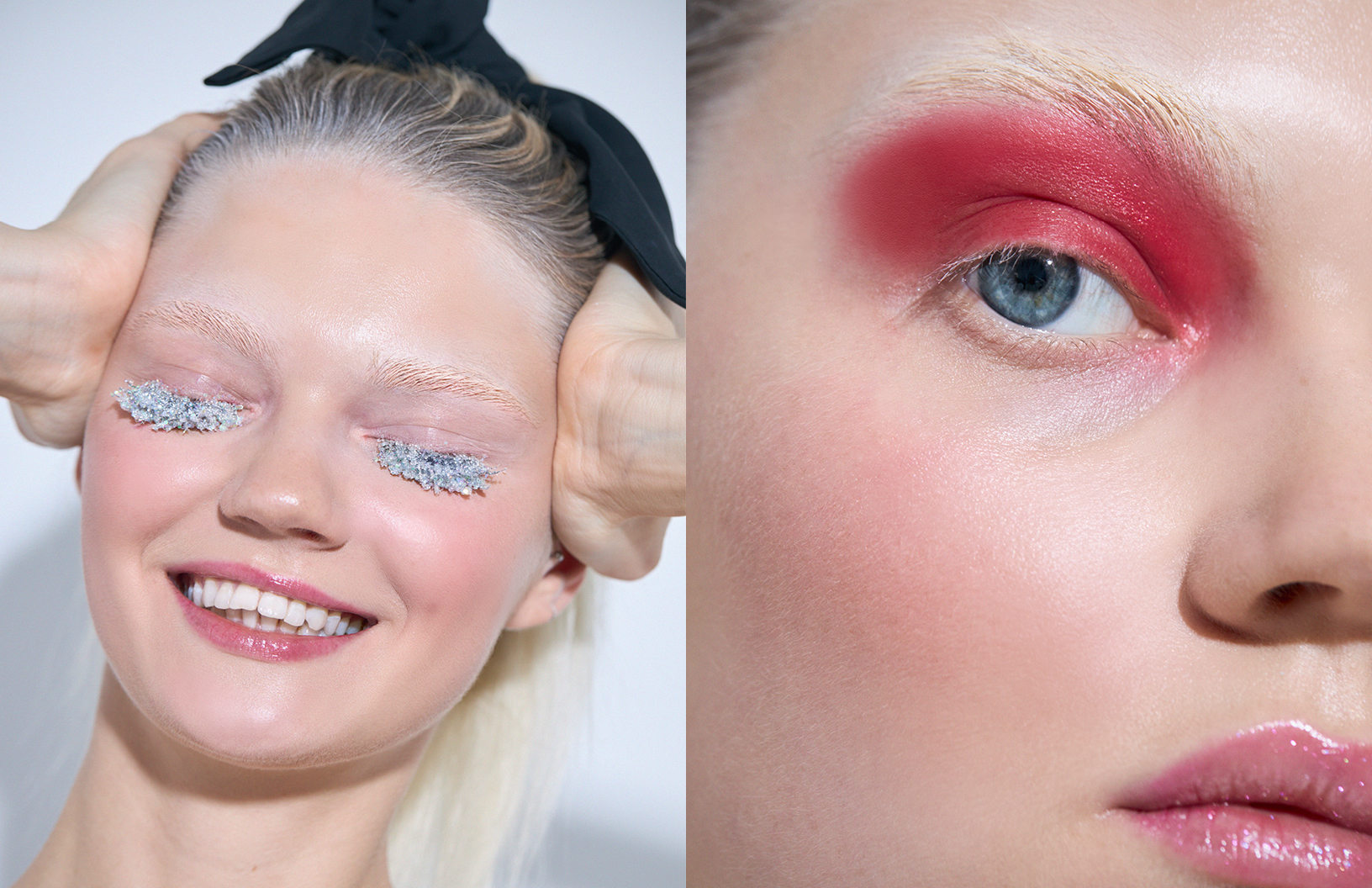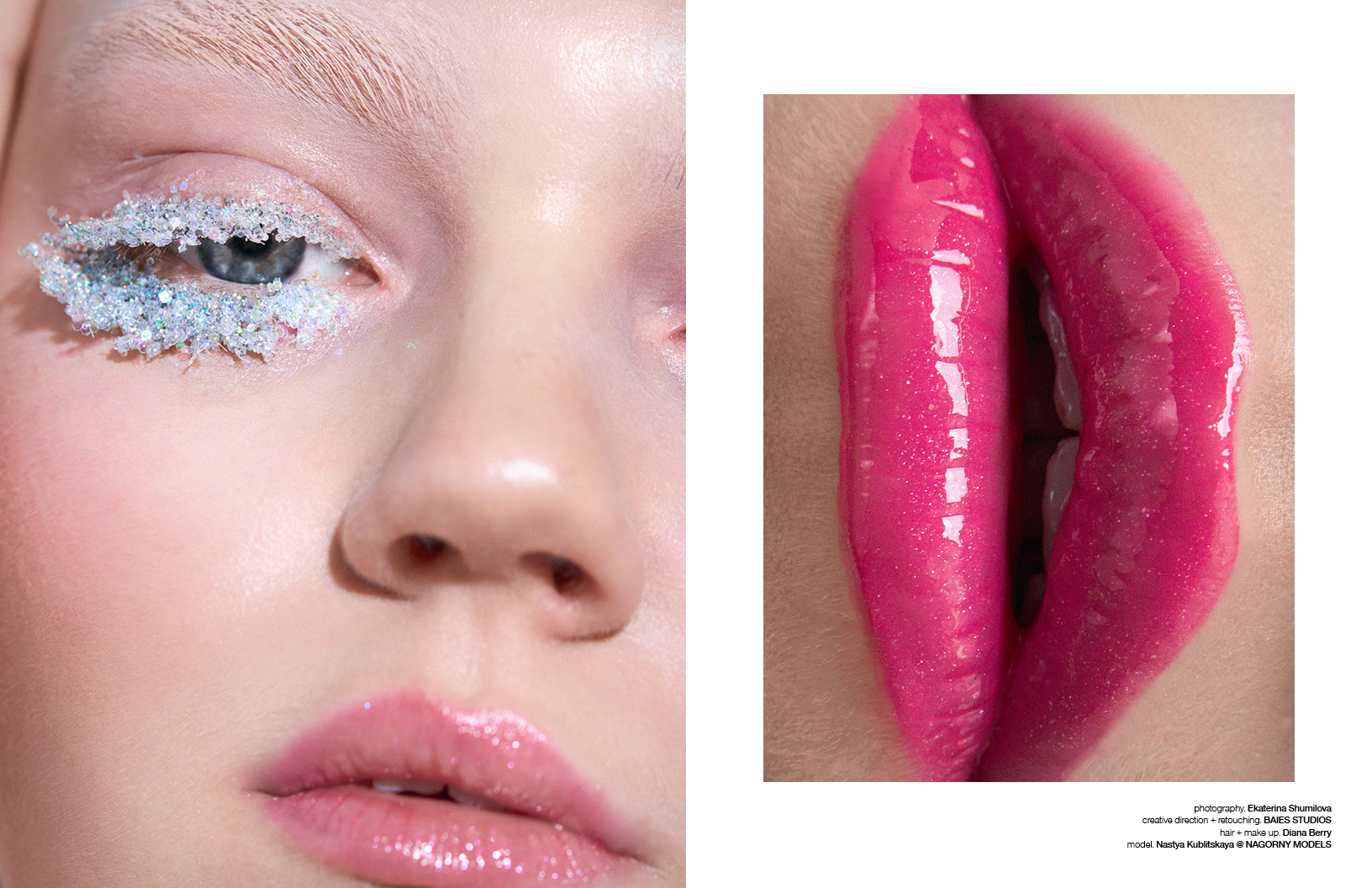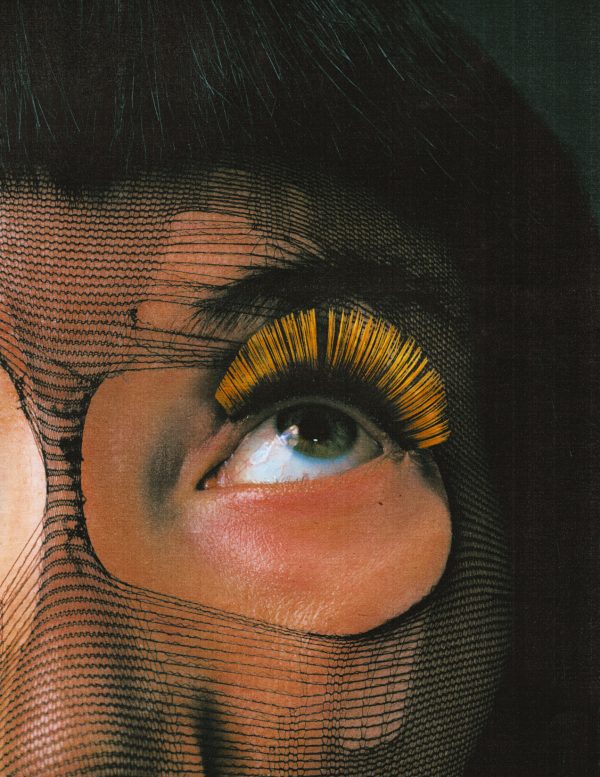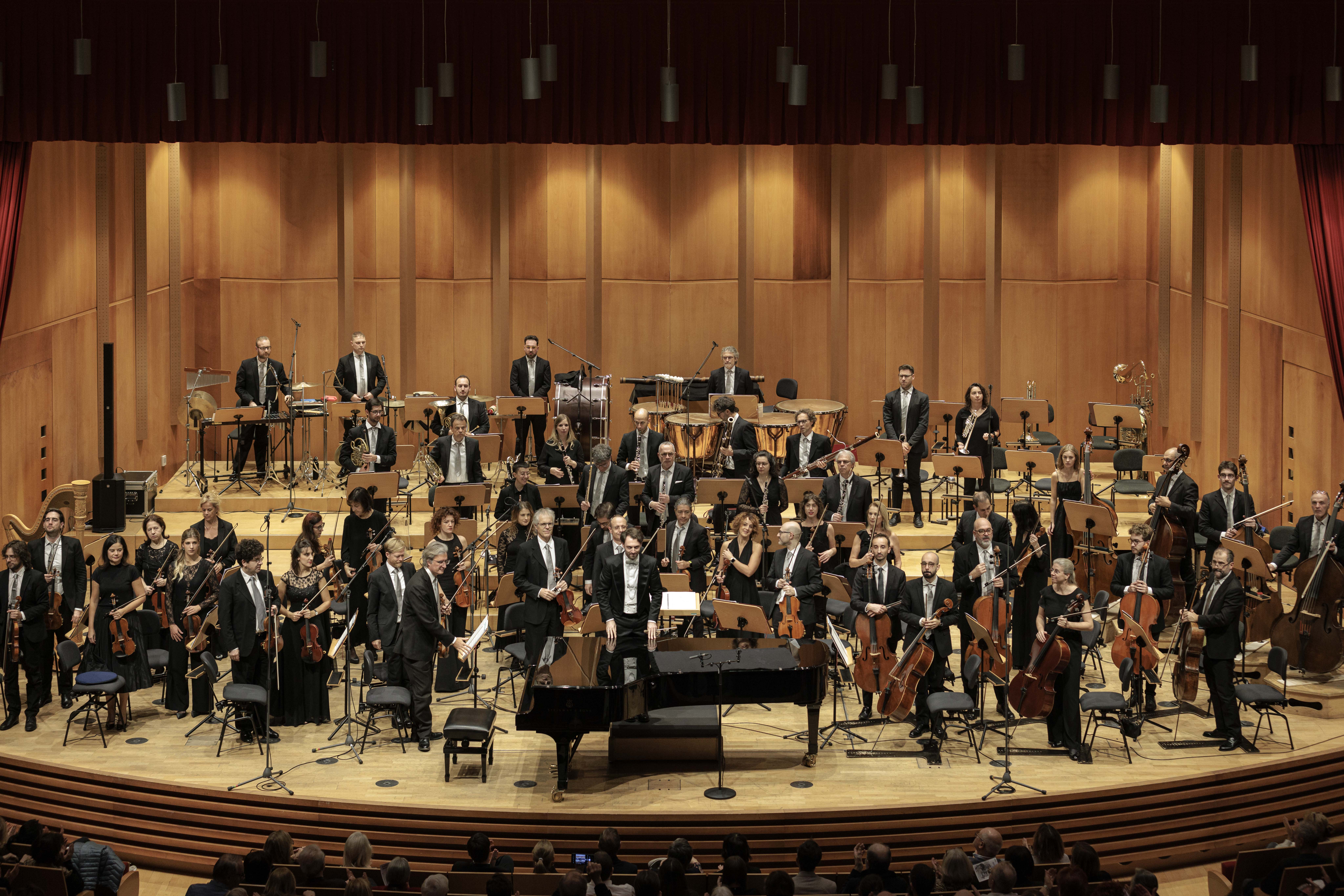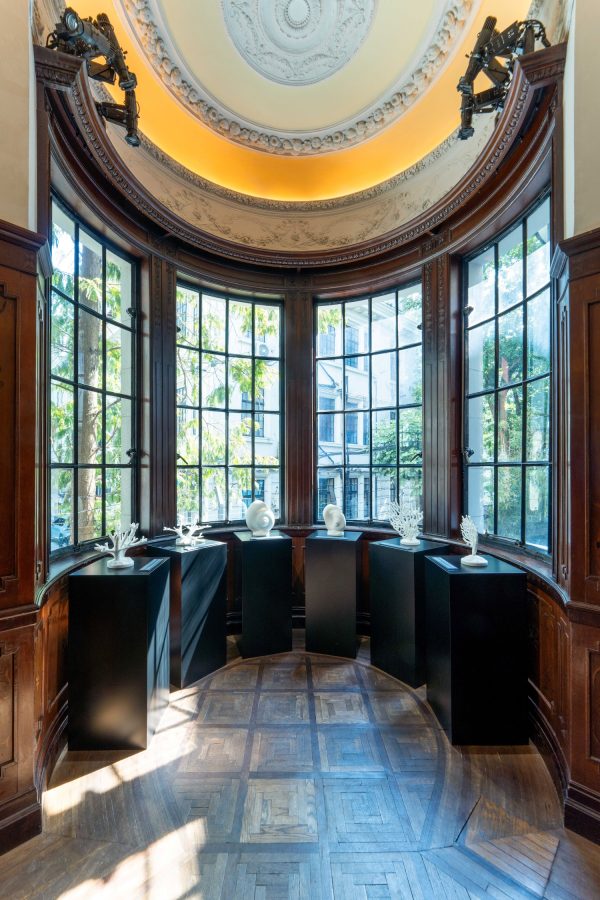When you’re face to face with Krysten Ritter it’s impossible not to feel her power. Ritter, who wears Swarovski on her Schön! 43 digital cover, has played career-defining roles, one after another, in a filmography that some would dream of. Over recent years, she’s played a witch and a b*tch, a superhero and a landlady. Now, as she talks to Schön! from Toronto where she’s tackling her next starring role — the lead in the forthcoming Orphan Black spin-off — Krysten Ritter is reminiscing on a career that spans across two decades.
“You learn so much while getting to explore different parts of yourself within these characters,” Ritter states when asked about what it’s like to feel like she’s grown alongside her characters. “When I was doing Don’t Trust the B—- in Apartment 23, that character seeped into who I was. I found myself being extra sassy. When I was playing Jessica [Jones], I went through my closet and got rid of any floral dress I had and only wore tough leather jackets. Jessica completely changed me. She didn’t give a shit about what other people thought of her. That’s something we can all
take with us. You learn so much while getting to explore different parts of yourself within these characters.”
Over 20 years, Ritter has deftly reached new heights, meticulously selecting projects and finding her name getting higher and higher on the call-sheet. I went from supporting roles to lead roles to directing and producing,” she explains. “I took everything seriously and found something I loved and wanted to get great at it… And here we are.”
Her next role is one that is already highly anticipated — the prequel to the much-loved and critically acclaimed TV series, Orphan Black. Perfectly titled Orphan Black: Echoes, the series gives Ritter a chance to do something different — something she aims to do for every project. “After Breaking Bad, I got a lot of junkies coming my way, after Don’t Trust the B…, a lot of like party girls and now, a lot of tough detectives,” she explains. “When this came around, I was very intrigued. In the first episode, I do so many things I’ve never done before that show a completely different side of myself. It’s touching on what we talked about earlier, how I need to play something different. I love Jessica Jones. I don’t want to play another character just like her.”

dress. Prabal Gurung
gloves. Vex Latex
opposite
all clothing. LOEWE
jewellery. Swarovski

dress. Roberto Cavalli
shoes. BY FAR
jewellery. Swarovski
Orphan Black: Echoes is on AMC+ in 2023.
Discover the full editorial and our chat with Krysten Ritter in print in Schön! 43. You can download your issue with this digital-only cover exclusively here.
Get your print copy of Schön! 43 on Amazon UK, Amazon Germany, Amazon France, Amazon Italy, Amazon Spain, Amazon Netherlands, Amazon Poland, Amazon Belgium and Amazon Sweden.
This digital cover + editorial from Schön! 43 has been produced by
photography. Camraface @ Early Morning Riot
creative direction. Jenny Williams
fashion. Christian Stroble
talent. Krysten Ritter wearing Swarovski
casting. Alabama Blonde
hair. Terezka Fras
make up. Alexandra French
production. Gabriella Erberth
videography. Noa Bergh
lighting tech. Ram Gibson
retouch. Nick Watson @ Escape Hatch Studio
photography assistant. Matija Milicevic
fashion assistant. Kassidy Taylor
location. Dream Factory
interview. Kelsey Barnes


Schön! Magazine is now available in print at Amazon,
as ebook download + on any mobile device




